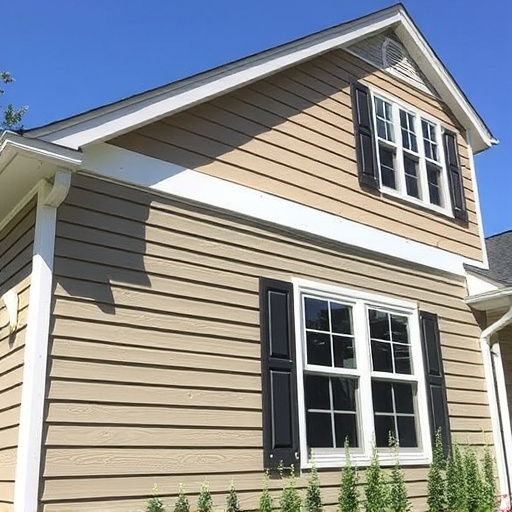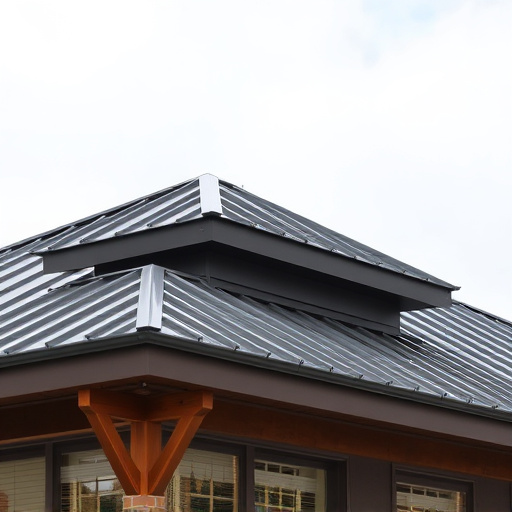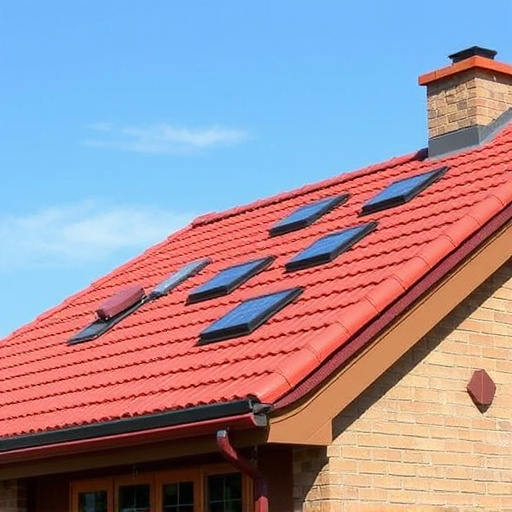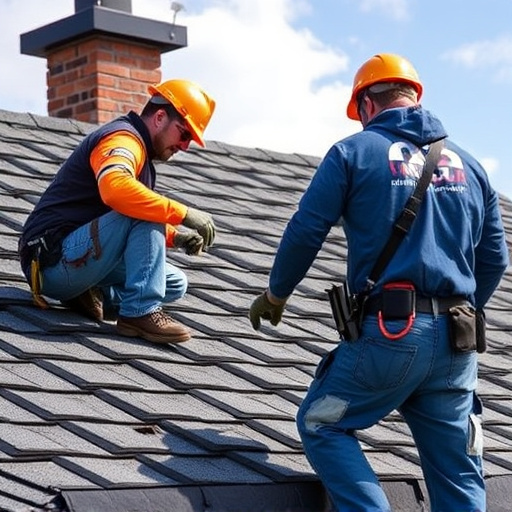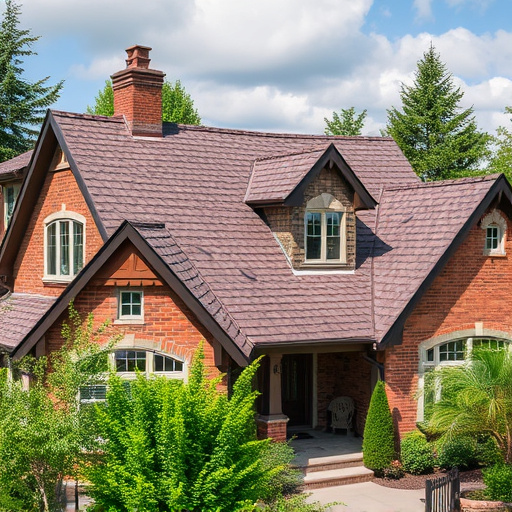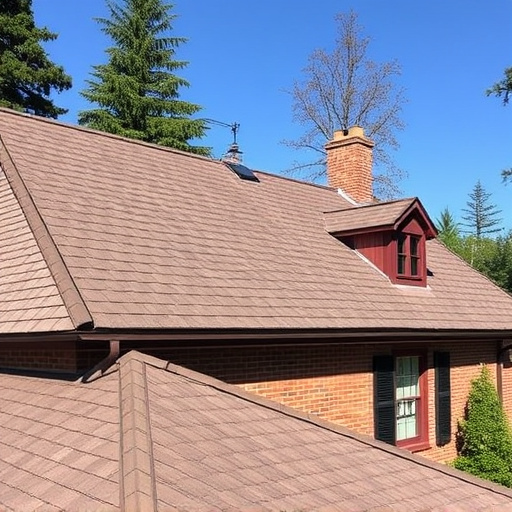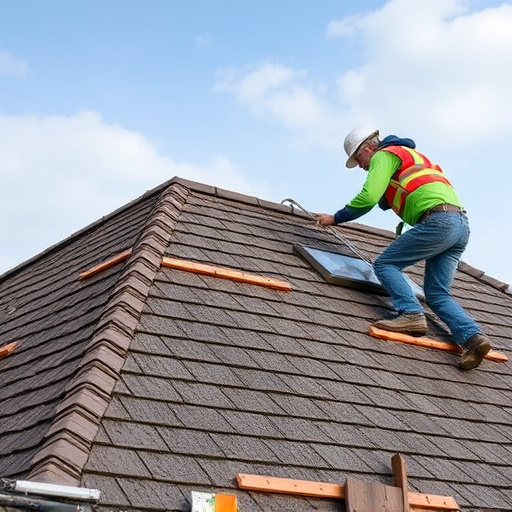Conduct a thorough exterior assessment before a siding upgrade to identify damage, defects, and structural issues. Evaluate existing materials' vulnerabilities and document current cladding conditions for seamless repairs and planning. This process ensures a successful upgrade, enhancing durability and aesthetic appeal of commercial or residential siding.
Before embarking on a siding upgrade, thorough inspection of existing damage is crucial. This step ensures a successful transformation and prevents future issues. Begin by assessing the exterior condition, noting current damage and defects like cracks, peeling, or moisture intrusion. Identify material types and potential causes to inform your repair strategies. Create a detailed inventory documenting repairs needed, enhancing efficiency and ensuring a seamless siding upgrade process.
- Assess Exterior Condition: Note Current Damage and Defects
- Identify Material Types and Possible Causes of Damage
- Create Detailed Inventory: Document Repairs Required Before Upgrade
Assess Exterior Condition: Note Current Damage and Defects
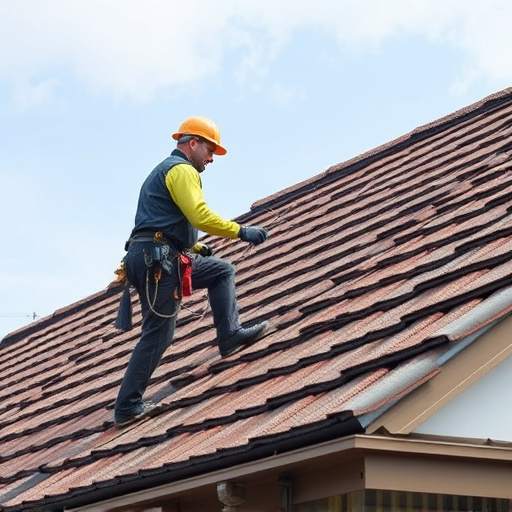
Before embarking on a siding upgrade, it’s crucial to thoroughly assess the exterior condition of your home. This involves meticulously examining the existing siding, looking for any signs of damage or defects that may require attention. Note peeling or cracking paint, warped or damaged boards, and areas where moisture has penetrated. These issues could point towards broader structural problems, such as rot or insect infestation, which should be addressed before installing new siding.
During your assessment, pay special attention to areas prone to damage like corners, sills, and any places where the siding meets other materials like roofs, chimneys, or windows. Also, check for loose or missing siding panels, as well as gaps that might allow water intrusion. Identifying these problems early on will not only ensure a smoother siding upgrade process but also help prevent further complications, including the need for additional services like roof repair or roof replacement in the future.
Identify Material Types and Possible Causes of Damage
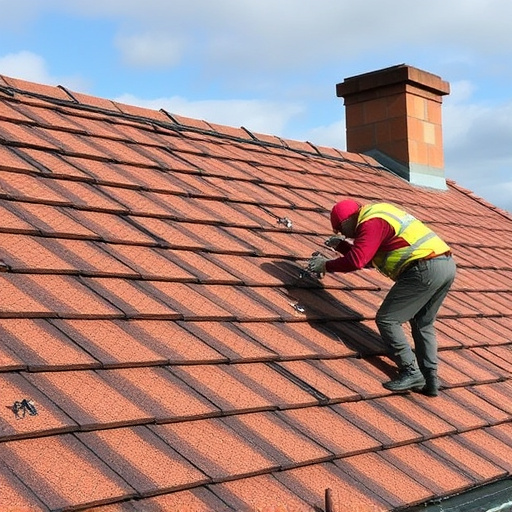
Before initiating a siding upgrade, it’s crucial to understand your home’s exterior and identify any existing damage. The first step in this process involves recognizing the various materials making up your siding and their potential vulnerabilities. Wood siding, for instance, may be susceptible to rot or insect infestation due to moisture or poor ventilation, while vinyl siding can crack from extreme temperatures or impact damage.
Examining the overall condition of your home’s exterior also includes looking for signs of structural issues that could lead to damaged siding. These might include sagging, uneven, or cracked walls—indicative of problems with the building’s framework—which could compromise the integrity of newly installed siding like a professional siding service would recommend. Understanding these factors is key to ensuring a successful siding upgrade and a durable, aesthetically pleasing home exterior, whether it be for commercial roofing or home exterior services.
Create Detailed Inventory: Document Repairs Required Before Upgrade
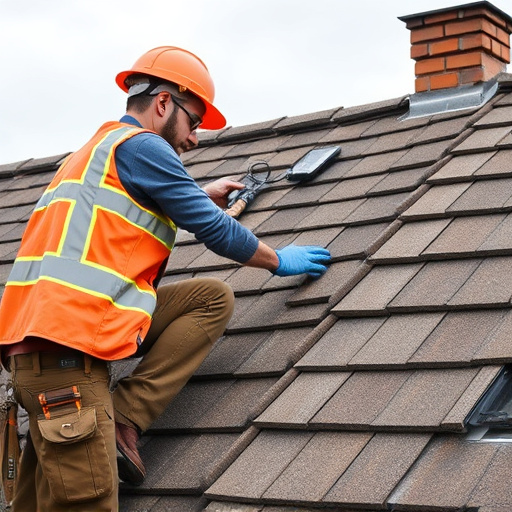
Before starting a siding upgrade, it’s crucial to create a detailed inventory of your current exterior cladding state. This involves meticulously documenting all visible damage and repair needs across your roofing and siding. Take note of any missing, broken, or damaged boards, as well as signs of moisture intrusion or rot. Inspect for proper drainage and ventilation, ensuring that your exterior home improvements are set up to withstand the elements.
Creating this inventory allows you to prioritize issues and plan repairs accordingly. It’s an essential step that ensures a seamless transition during your siding upgrade, enhancing the overall durability and aesthetic appeal of your commercial siding or exterior home improvements.
Before embarking on a siding upgrade, thoroughly inspecting and documenting existing damage is crucial. By assessing the exterior condition, identifying material types, and creating a detailed inventory of repairs needed, you can ensure a successful transformation. This process not only helps in planning but also serves as a testament to the extent of work required, making your siding upgrade more efficient and effective.


